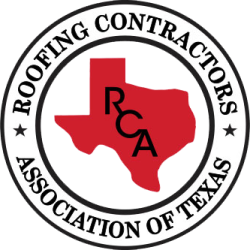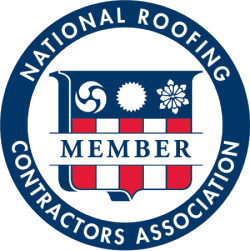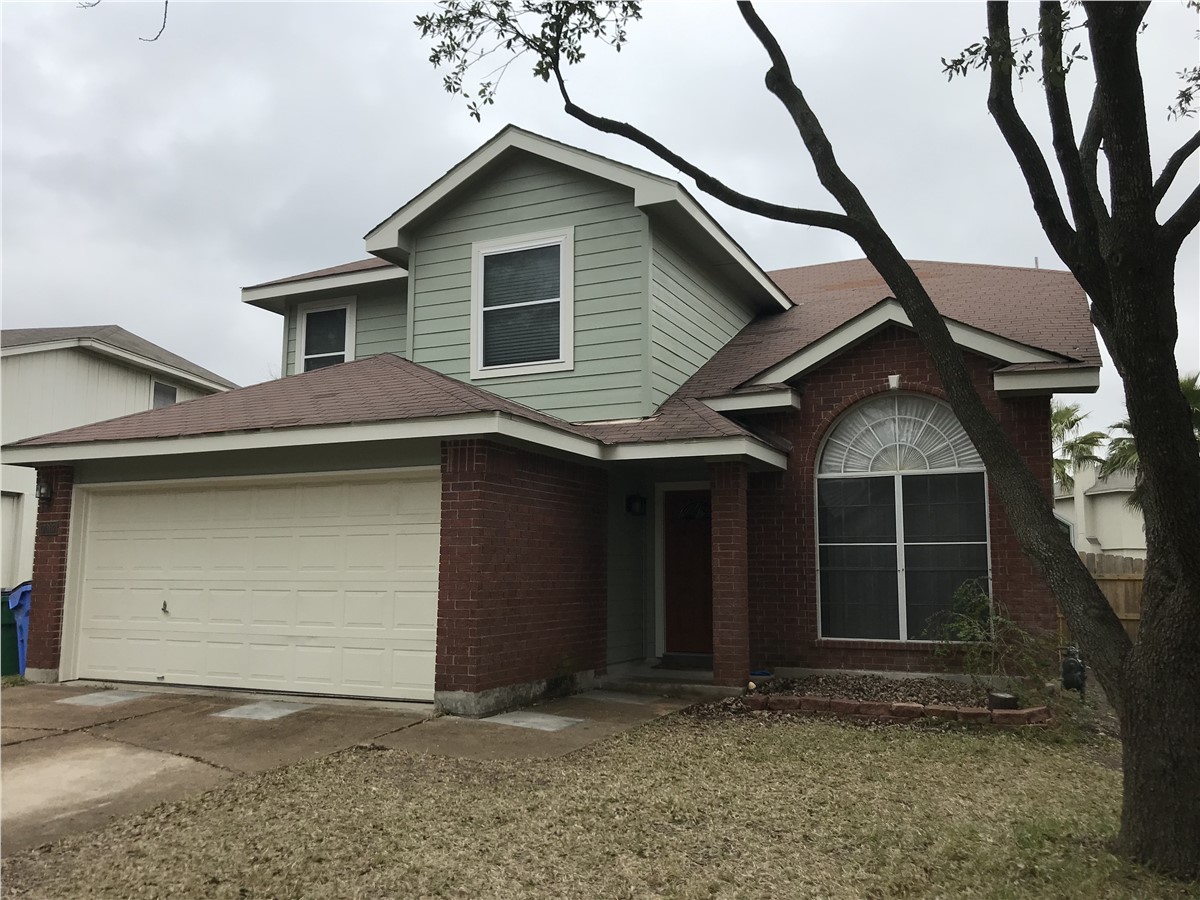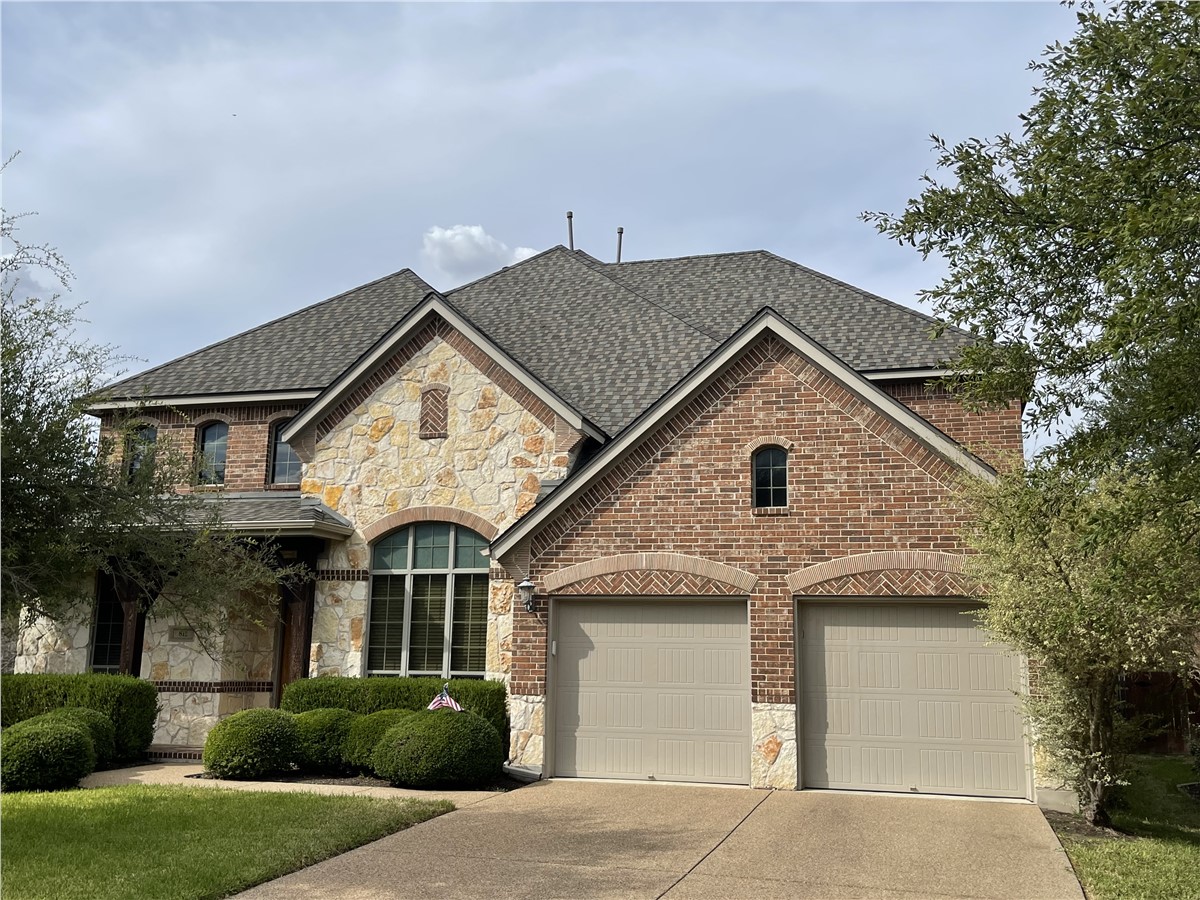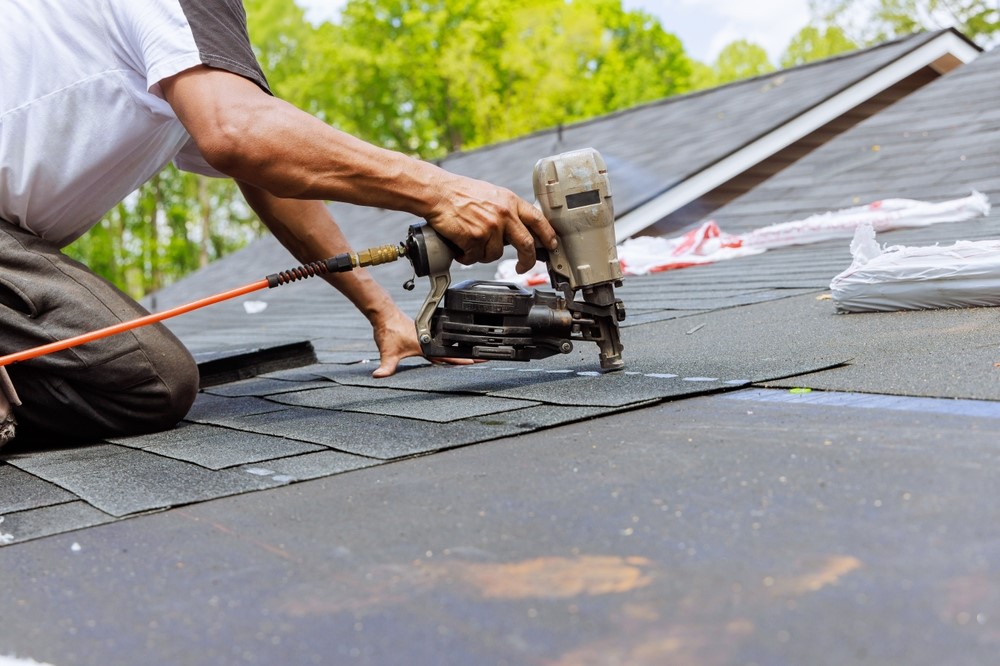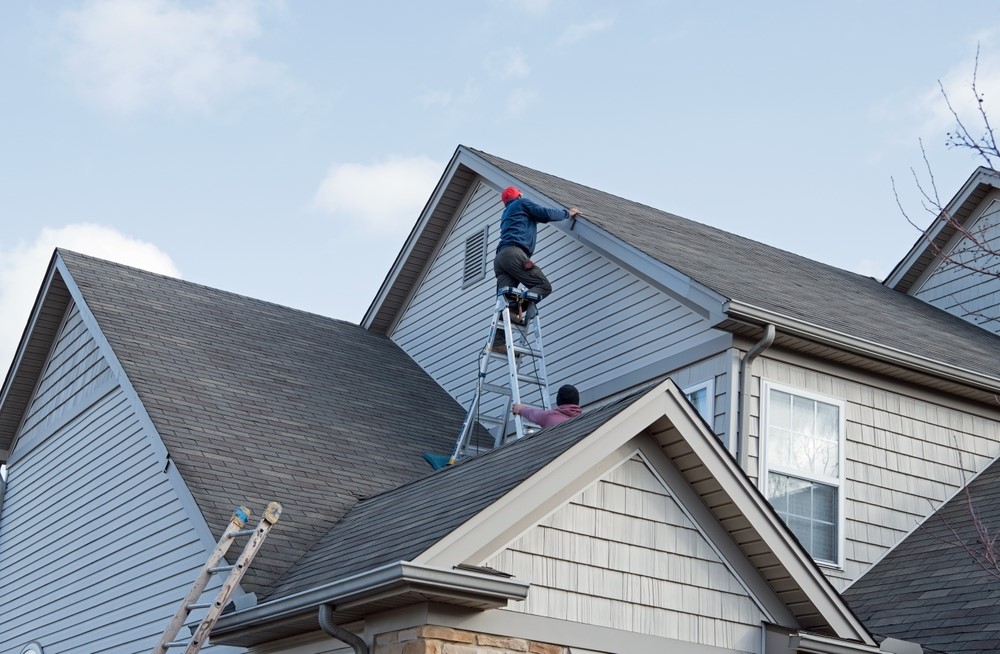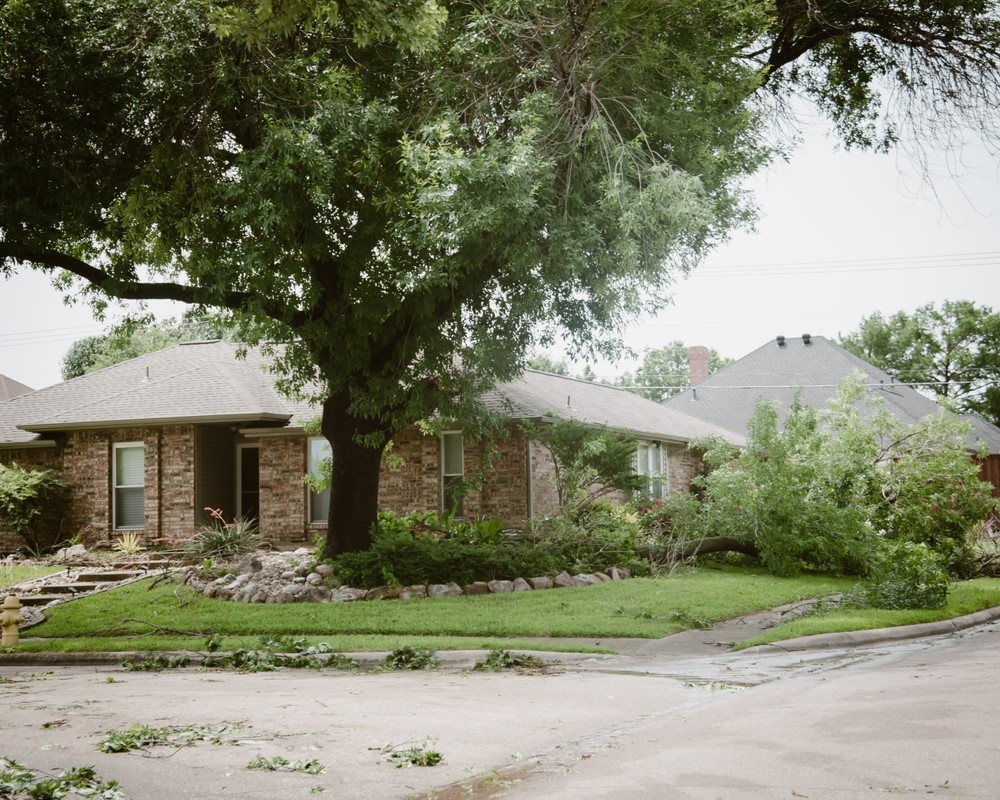Have you ever noticed how kids draw a house? It’s usually a box with a couple of windows, a door and a triangle-shaped bit on top to represent the roof. Just a thin line protecting the house and everything inside.
We’re not kids anymore, and we know that that there’s more to a house than a box and some windows. But many people are still thinking of their roof as pretty much a triangle (or several triangles) perched on the tops of their exterior walls.
But modern roofing is so much more than what we see. And whether you’re considering a replacement roof, need some repairs, or are considering a new home, it pays to understand everything that goes into the average residential roof. Here’s a quick look at the pieces that probably make up your home’s roofing system, from the part you see to all the essential elements below.
The Roof Surface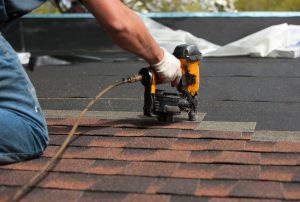 Contemporary roofing usually includes shingles, tiles, shakes, metal panels or slate as the decorative and outermost protective layer. This is what we see, and what children imagine to be the entire roof. It’s also the part most homeowners focus on when they’re deciding whether their roof is in good shape or not. And while it’s important, in truth that pretty roof is only as good as everything underneath. Flashing
Contemporary roofing usually includes shingles, tiles, shakes, metal panels or slate as the decorative and outermost protective layer. This is what we see, and what children imagine to be the entire roof. It’s also the part most homeowners focus on when they’re deciding whether their roof is in good shape or not. And while it’s important, in truth that pretty roof is only as good as everything underneath. Flashing Another piece of your roof you might be able to see on the surface is the flashing. This is typically metal, and provides protection in areas where one type of material meets another, such as where metal roofing panels meet a chimney, or where the roofing shingles come to the edge of the roof.
UnderlaymentNow we get to the first “invisible” piece of your roof. Underlayment is a moisture-resistant material that can be made of fiberglass or polyester sheeting, asphalt-saturated felt or a synthetic rubber-like material. Your outer roofing surface is not a solid sheet, so the underlayment provides additional protection for your roof’s deck and your home’s interior. Depending on where you live, different underlayment materials may be preferred to deal with the climate, and it may be a requirement for a Class A fire rating.
Water ShieldingSome areas of your roof are more vulnerable to water penetration, such as the roof eaves. In this area, most roofers will now add a layer of water shielding to further protect the roof deck. This is a relatively recent addition to roofing standards, coming into play only in the 1980s, so if your roof was installed prior to that time you might want to ask about shielding during a major repair or replacement project.
Roof DeckWe’ve mentioned the roof deck a couple of times already. Simply put, this is a layer of wood which is placed over and attached to the trusses. Typically, the deck is made of sheets of plywood or oriented strand board (OSB), where wood strands are joined with adhesive as an engineered sheet, strong enough for load-bearing areas. This layer provides protection from snow loads, adds stability in wind, and provides a stable base for the protective (and decorative!) roofing materials.
Roof Trusses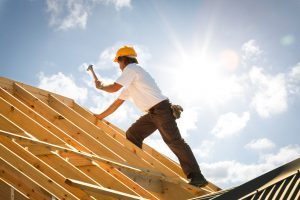 If you’ve ever driven past a construction site, odds are you’ve seen roof trusses in place. This is the skeleton or framing that defines the shape of your roof. It’s critical that the right materials and arrangement of trusses are used to support your chosen roofing material, as some roofs such as slate or tile are far heavier that metal sheets or shingles. And there’s more inside…
If you’ve ever driven past a construction site, odds are you’ve seen roof trusses in place. This is the skeleton or framing that defines the shape of your roof. It’s critical that the right materials and arrangement of trusses are used to support your chosen roofing material, as some roofs such as slate or tile are far heavier that metal sheets or shingles. And there’s more inside… Once a roof is constructed, there are additional elements inside of the structure such as insulation, attic space, and ventilation. (Look for more information how each of those impact your roofing choices in future posts.) But we’ve covered the basic elements of roofing construction.
And now you know that that triangle we once all drew is a lot more complicated than most people suspect. Every time you sit inside, safe from the weather, you can thank your roof’s many layers of protection.
Subscribe to RoofCrafters Inc's Blog

